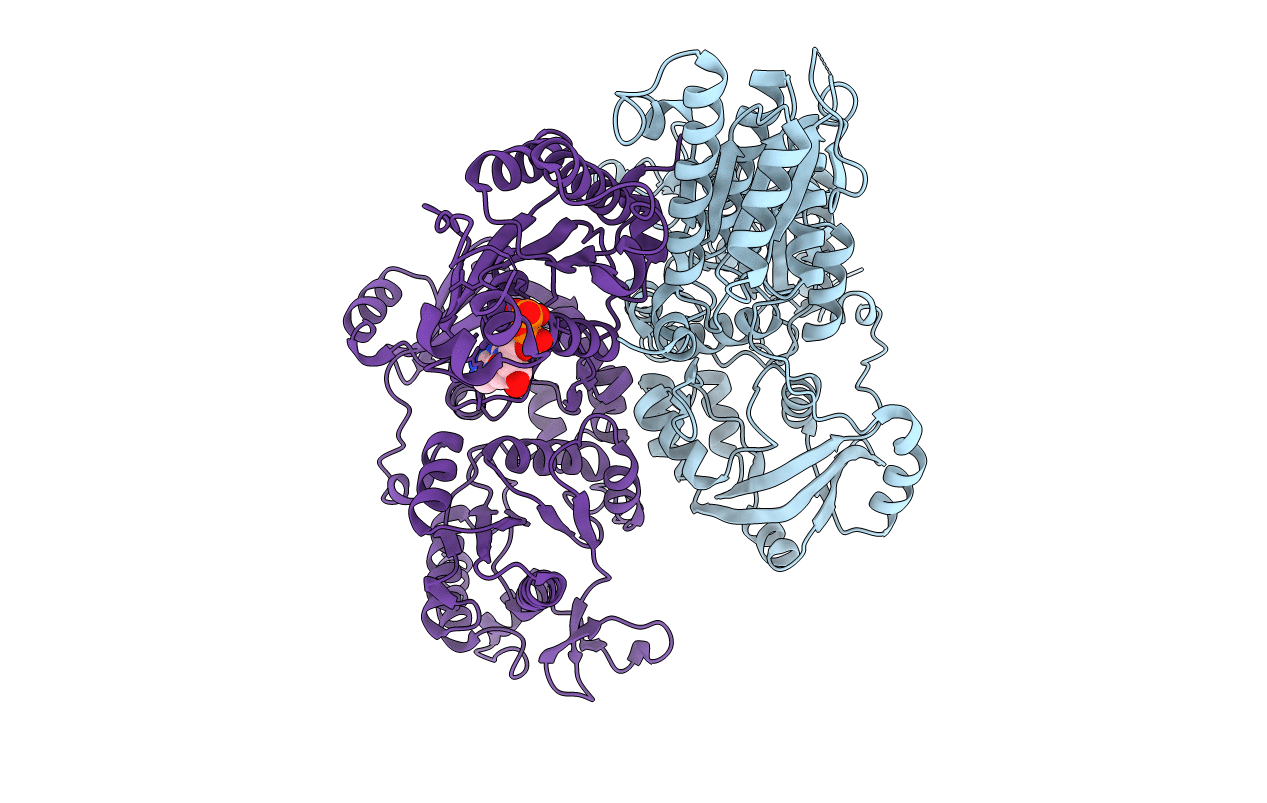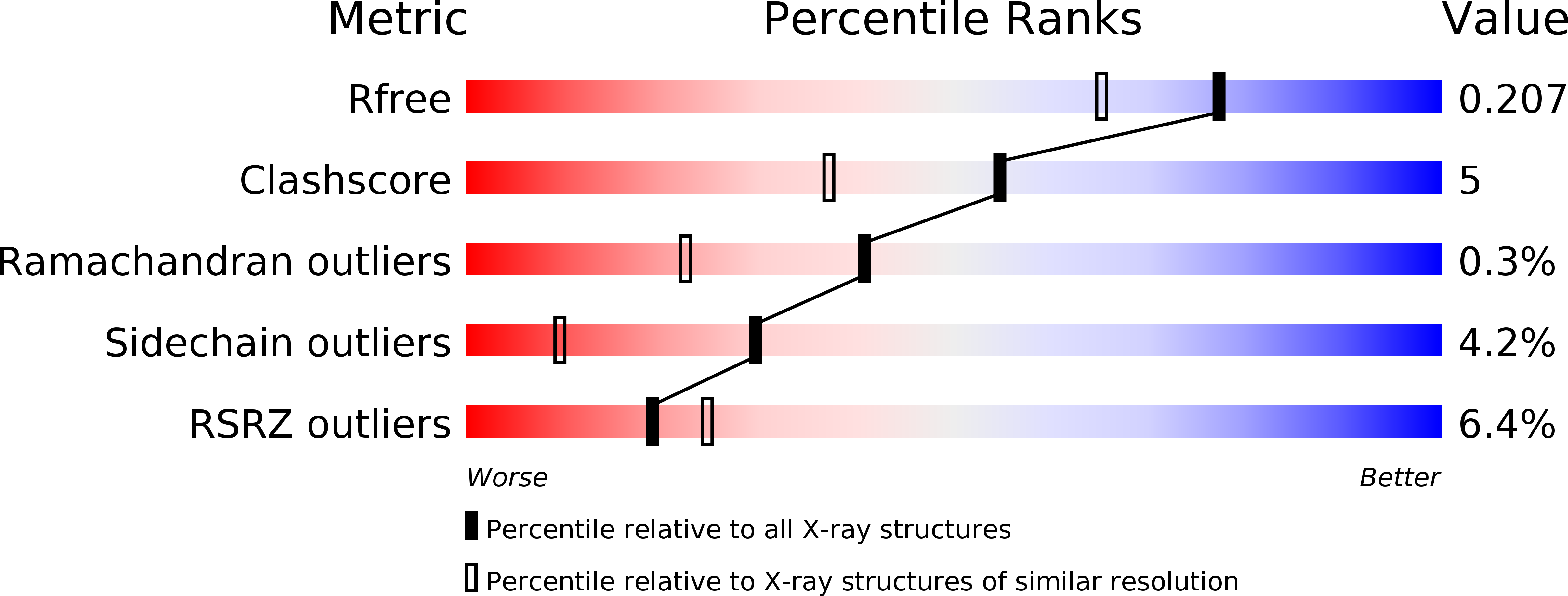
Deposition Date
2004-08-12
Release Date
2005-03-22
Last Version Date
2023-08-23
Entry Detail
PDB ID:
1X6V
Keywords:
Title:
The crystal structure of human 3'-phosphoadenosine-5'-phosphosulfate synthetase 1
Biological Source:
Source Organism:
Homo sapiens (Taxon ID: 9606)
Host Organism:
Method Details:
Experimental Method:
Resolution:
1.75 Å
R-Value Free:
0.19
R-Value Work:
0.16
R-Value Observed:
0.16
Space Group:
P 1 21 1


